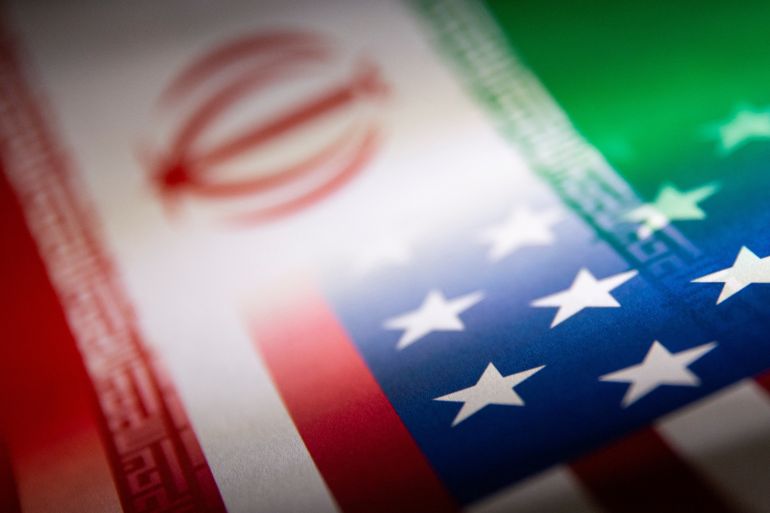Introduction
Ah, the relationship between the USA and Iran—if it were a movie, it would be a dramatic thriller filled with plot twists and cliffhangers. Over the years, these two nations have been involved in a complex dance that often leaves both parties dizzy. With each headline that pops up in the news, we find ourselves trying to decipher what it all means for the future. So, let’s unpack this tangled web of history https://wispotlight.com, politics, and public opinion, and see where things stand today.
Overview of US-Iran Relations
The story of US-Iran relations isn’t a straightforward one. It dates back to the early 20th century but hit a major turning point during the Iranian Revolution of 1979, when the Shah was overthrown. Since then, the dynamics have fluctuated from hostile confrontations to brief moments of diplomacy. Understanding this history is key to grasping today’s headlines.
Recent Developments
Political Landscape
As of late, political tensions have ramped up. With the Biden administration trying to navigate the rocky waters of diplomacy, there have been both challenges and opportunities. The desire to revive the nuclear deal, formally known as the Joint Comprehensive Plan of Action (JCPOA), has been a focal point, but skepticism lingers on both sides.
Economic Impacts
Let’s not forget the economic side of things. Sanctions imposed by the USA have put a significant strain on Iran’s economy, leading to inflation and social unrest. On the flip side, Iran’s defiance against these sanctions has made for a volatile situation that impacts global markets as well.
Key Events Affecting Relations
Nuclear Deal Talks
The nuclear deal has been a see-saw of negotiations. After the USA pulled out in 2018 under the Trump administration, Iran gradually resumed its nuclear activities. The current administration is keen to re-enter negotiations, but both sides have preconditions that make progress tricky. Will they find common ground? Only time will tell.
Sanctions and Their Effects
Sanctions have become a central tool in the USA’s approach toward Iran. These measures are designed to limit Iran’s capabilities but often hurt the average citizen more than the government. As the economy suffers, so does the public’s sentiment toward their leadership.
Impact on Iranian Society
In Iranian society, the repercussions of sanctions are palpable. High unemployment and inflation have sparked protests, and discontent is brewing among the youth, who are increasingly frustrated with their government’s handling of the economy. It’s a tricky situation that could have ripple effects for years to come.
Media Representation
Coverage in the USA
In the USA, media coverage tends to be framed through a lens of national security. Many headlines focus on the potential threat of Iran’s nuclear ambitions, often overlooking the humanitarian impact of the sanctions. This creates a narrative that can skew public perception, fostering fear and misunderstanding.
Coverage in Iran
On the other hand, Iranian media often portrays the USA as the aggressor. State-controlled outlets emphasize the consequences of sanctions and the perceived threats from the West. This creates a stark contrast in how citizens of each nation view the other, feeding into the cycle of distrust.
Public Opinion
American Perspectives
When it comes to American public opinion, views are mixed. Some advocate for a more diplomatic approach, arguing that engagement could lead to positive change. Others, however, believe that a tough stance is necessary to deter what they see as a hostile regime. This dichotomy complicates the political landscape further.
Iranian Perspectives
In Iran, public opinion is equally divided. Many citizens are weary of ongoing tensions and yearn for improved relations with the West. However, there is also a strong sense of nationalism that resists any form of perceived compromise. This internal struggle shapes how leaders respond to international pressures.
The Role of International Entities
The United Nations
International bodies like the United Nations have attempted to mediate the situation, but their effectiveness is often hampered by the political dynamics at play. While they promote dialogue, the conflicting agendas of member states make consensus difficult.
European Union’s Involvement
The European Union has taken an active role in trying to preserve the nuclear deal, often acting as an intermediary. Their involvement is crucial, but they too face challenges in balancing their relationship with both Iran and the USA.
Future Outlook
Potential Scenarios
Looking ahead, several scenarios could unfold. A successful revival of the nuclear deal could lead to a thaw in relations, but significant skepticism remains. On the other hand, continued tensions could lead to further sanctions and isolation for Iran, perpetuating the cycle of conflict.
Areas for Cooperation
Despite the challenges, there are areas ripe for cooperation. Issues like climate change and counter-terrorism offer opportunities for both nations to collaborate. However, seizing these opportunities requires a level of trust that currently seems elusive.
Conclusion
The saga of Iran and the USA is far from over. With a complex history, evolving political landscapes, and differing public opinions, it remains one of the most fascinating and challenging international relationships. As we continue to monitor the news, let’s remember that beyond the headlines lie real people affected by these developments. The hope is for a future where dialogue prevails over discord, allowing both nations to find common ground. After all, isn’t that what diplomacy is all about?











